|
|
|
|
| Missing In Action (MIA) | Prisoners Of War (POW) | Unexploded Ordnance (UXO) |
| Chronology | Locations | Aircraft | Ships | Submit Info | How You Can Help | Donate |
|
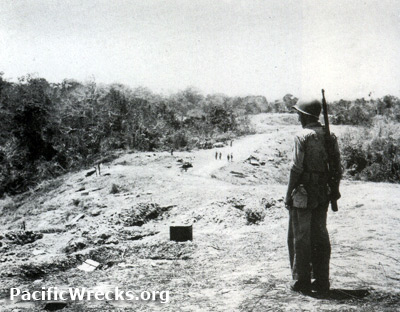 USMC September 1942 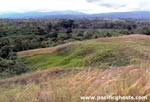 Justin Taylan 2003  USAAF c1944 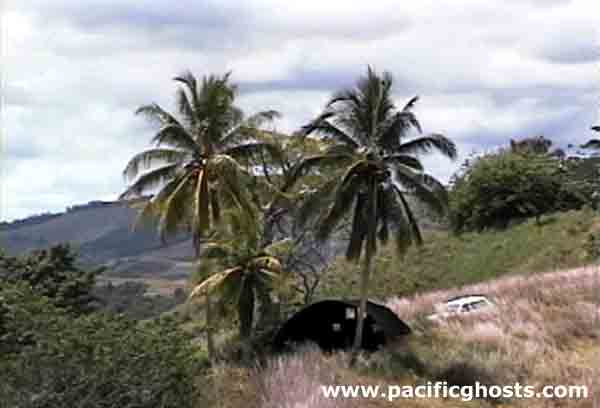 Justin Taylan 2003 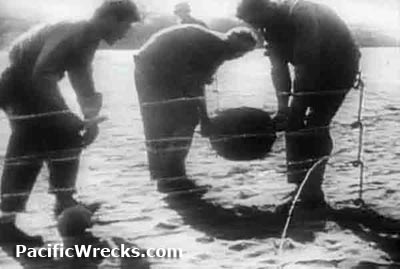 c1942 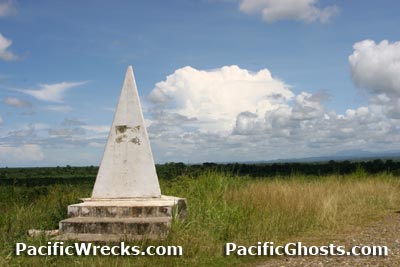 Justin Taylan 2006 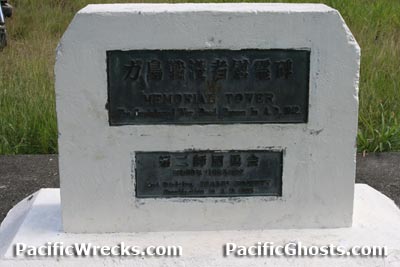 Justin Taylan 2006 |
Location Bloody Ridge is a ridgeline comprised of two hills south of Henderson Field inland from the north coast of Guadalcanal. This ridge formed the southern edge of the American perimeter. This feature is known by many names: Edsons Ridge, Marine Ridge, Lunga Ridge and Raider Ridge. Also known as "Bloody Ridge" by journalists writing about the battle. The Japanese referred to it as "The Centipede" for the feature's shape from the air. The feature is comprised of Hill 123 (Hill 2) at the northern edge and Hill 80 (Hill 1) at the southern edge. To the north is Henderson Field only 1,700 yards from the northern edge. The northern edge of the ridge is only 1,700 yards from Henderson Field. To the northeast is Fighter 1 (Lunga Field). To the west is the Lunga River. Prewar and during the Pacific War part of the part of the British Solomon Islands Protectorate (BSIP). Today located in Guadalcanal Province in the Solomon Islands. Battle of Bloody Ridge (Battle of Edson's Ridge) After the Marines established their perimeter and defeated the Japanese Army attacks at the Teneru (Ilu, Alligator Creek) and Matanikau River. The Japanese Army 35th Infantry Brigade, 124th Infantry Regiment (reinforced) led by General Kawaguchi planned to attack from the inland side of Henderson Field. The logistics of moving his forces in position to attack was hampered by the dense jungle. Prior to the Japanese attack, U.S. Marines reinforced the ridge line and registered artillery on likely approaches. The ridge was defended by several units, including the 1st Raider Battalion and 1st Parachute Battalions under U.S. Marine Corps Lieutenant Colonel Merritt A. Edson. On September 12, 1942 the Japanese began to probe the Marine positions. During the night of September 13, 1942 the attack began and they managed to occupy Hill 80 (Hill 1) and reached positions on Hill 123 (Hill 2). The battle continued until the September 14, 1942. The Marine line held, with heavy casualties on both sides. Battle for Henderson Field During late October 1942, the Japanese Army, 2nd Division (Sendai) under the command of General Masao Maruyama and General Yumio Nasu trekked through dense jungle along a track dubbed the Maruyama Road (Maruyama Trail) to positions south of the American perimeter to launch a counteroffensive to capture Henderson Field. Defending the southern edge of Bloody Ridge was the U.S. Marine Corps, 7th Marines, 1st Battalion under the command of Lt. Col. Lewis "Chesty" Puller. The battle was known as the "Battle of Henderson Field" or "Battle of Lunga Point". On October 24, 1942 at 2:00pm Maruyama's left and right wing units began to deploy for their attacks. Maruyama's troops had very little artillery or mortar support for their assault, as they were forced to abandon most of their artillery during the jungle treck. Between 16:00 and 21:00, heavy rain fell, delaying the Japanese approach and causing "chaos" in the Japanese formations, already exhausted from the long march through the jungle. Shoji's right wing force accidentally turned parallel to the Marine lines, and all but one battalion failed to make contact with the Marine defenses. Shoji's 1st Battalion, 230th Infantry Regiment "stumbled" into Puller's lines about 22:00 and were driven off by Puller's men. For unknown reasons, Maruyama's staff then reported to Lt. General Hyakutake that Shoji's men had overrun Henderson Field. Hyakutake's staff relayed the message to headquarters "A little before 23:00 the right wing captured the airfield", which was incorrect. On October 25, 1942 around 12:50am, the left wing under the command of General Yumio Nasu began to reach the Marine line. At 12:30 the 3rd Battalion, 11th Company (Nasu) under the command of Captain Jiro Katsumata found and attacked Company A of Puller's battalion but was impeded by barbed wire in front of the line and faced withering machine gun, mortar, and artillery fire. By 1:00am Marine gunfire had killed most of the company. At 1:15am, furtherest to the west, 3rd Battalion, 9th Company (Nasu) charged straight into Puller's Company C east of Hill 80. Within five minutes, Marine .30 caliber machine gun positions led by Sgt John Basilone opened fire killing nearly all the attackers. By 1:25am, Marine artillery fire was impacting their assembly areas and advance routes, breaking the attack and causing further casualties. At 3:45am, Puller requested reinforcements. By dawn, the U.S. Army 164th Infantry Regiment, 3rd Battalion commanded by Lt. Colonel Robert Hall being held in reserve joined the line. Before dawn, 29th Infantry Regiment commanded by Colonel Masajiro Furimiya, with two companies from his 3rd Battalion plus his headquarters staff, was able to penetrate the Marine artillery fire and reach the American line around 3:30am. Most of Furimiya's troops were killed during their assault, but about 100 broke through the American defenses and carved a salient 150 yards by 100 yards deep into the line. After sunrise, Furimiya's 2nd Battalion joined in the assault on Puller, but were thrown back. At 7:30am, Nasu decided to withdraw the remainder of his troops back into the jungle and prepare for a night attack. During the day, Puller's men attacked and eradicated a salient and eliminated 104 Japanese infiltrators. At 04:30, Lt. General Hyakutake rescinded the message announcing the capture of the airfield, but at 7:00am declared that the results of Maruyama's attack were unknown but had in fact failed. Finally on October 26, 1942 at 8:00am Lt. General Hyakutake called off any further attacks and ordered his remaining forces to retreat. This was the last Japanese attack against the U.S. perimeter in the Bloody Ridge area. New Zealand Army Encampment During 1944, New Zealand Army soldiers were camped near the ridge. Their camp included Quonset huts and tents. Today, one of the Quonset huts remains east of Hill 80. Martin Clemens recalled in 1998: "One thing that I should like to correct the term Bloody Ridge is a journalists invention. To those of us who were there it is Edsons Ridge or Raider Ridge. War is bloody enough without naming a ridge like that. It should be named after Edson, the fellow who defended it. I organized to put the Pyramid memorial up there and was also involved in the memorial near the [Henderson Field] control tower that was dedicated in 1992." Hill 123 (Hill 2) Dominant feature of the ridge, located at the northern end of the ridge line with 123' elevation. Col. Edson's command post, Bloody Ridge Memorial and barbed wire. Hill 80 (Hill 1) Located at the southern end of the ridge surrounded by jungle on three sides, nearest to the perimeter and attacking Japanese. Contribute
Information Last Updated
|
Photo Archive |
| Discussion Forum | Daily Updates | Reviews | Museums | Interviews & Oral Histories |
|